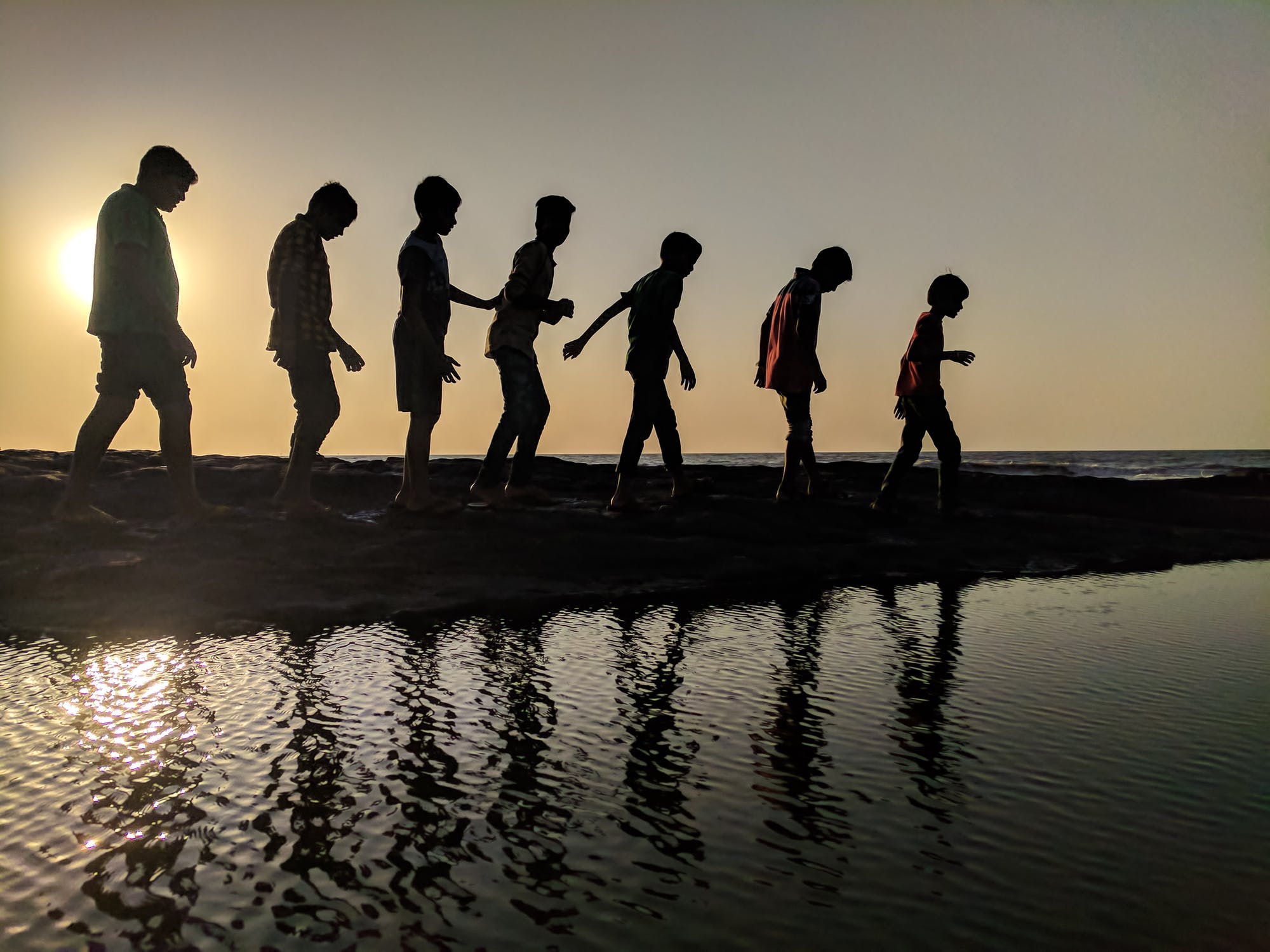It’s painting a stark picture of the inequalities and deepening levels of poverty right here on Vancouver Island.
The North Island continues to experience one of the highest child poverty rates in all of B.C., as per 2019 data highlighted in a new report.
In fact, just two years ago, one-third, or 34.8 per cent of kids within the Mount Waddington Regional District were living below the poverty line.
That’s the findings of the 25th annual BC Child Poverty Report Card, released yesterday (Nov. 24) by First Call Child and Youth Advocacy Society.
It says the North Island was sandwiched between the Central Coast District’s 36.8 per cent, with the Skeena-Queen Charlotte District seeing 30.7 per cent of local kids living in poverty.
According to First Call, many of the regional districts with the highest rates were located in coastal areas, particularly along the north and central coastal areas.
Provincewide, it says 156,560 kids were living in poor households, many in deep poverty. But at 18 per cent, B.C. actually had a ‘slightly higher’ child poverty rate than Canada’s 17.7 per cent.
Campaign 2000’s report, also released Wednesday, dives deeper into nationwide numbers.
And while First Call was encouraged to see the rate down from 2018’s 18.5 per cent, it says that’s “not fast enough for children whose health and development are at risk because they are poor.”
Adrienne Montani, First Call’s Executive Director, says “once again, our report finds one in five children in BC were living in poverty.”
According to Montani, “a big surprise this year was the disparity between the average total incomes of the richest and poorest 10 percent of BC families with children.”
First Call says families with the highest income collected 24 times more than families with the lowest income.
As well, it found the average child poverty rate on 64 B.C. First Nations reserves was 40.9 per cent, with a higher rate on rural reserves than on urban reserves.
The report makes 22 recommendations aimed at reducing child poverty, including indexing the BC Child Opportunity Benefit to inflation. First Call also wants to prioritize new child care investments.




